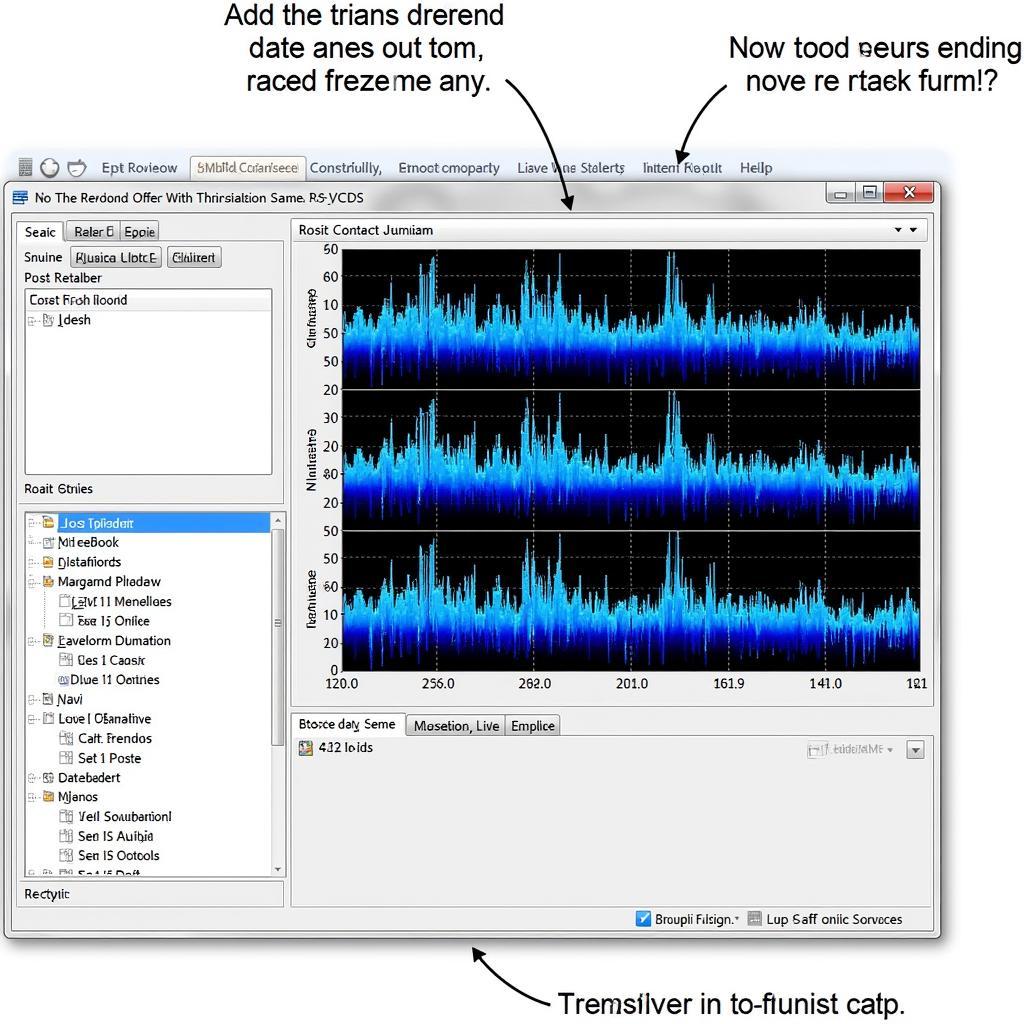VCDS, the essential diagnostic software for Volkswagen, Audi, Seat, and Skoda vehicles, is a powerful tool for technicians and enthusiasts alike. But how demanding is it on your computer’s resources, specifically RAM? This is a crucial question to consider to ensure smooth operation and prevent frustrating slowdowns during diagnostic sessions.
Understanding VCDS System Requirements
While VCDS isn’t a resource hog like some modern games or video editing software, it does require a certain level of computing power to function effectively. Understanding the system requirements, including RAM usage, is key to a seamless diagnostic experience. Generally, VCDS doesn’t demand excessive RAM. However, running other applications concurrently while using VCDS can impact performance.
Does VCDS RAM Usage Vary?
The amount of RAM VCDS uses remains relatively constant regardless of the specific diagnostic function being performed. Reading fault codes, accessing measuring blocks, or performing adaptations generally doesn’t significantly increase RAM usage. The key factor impacting performance is the overall available RAM on your computer and the other applications running simultaneously. Running resource-intensive programs in the background while using VCDS can lead to performance issues.
Optimizing Your System for VCDS
For optimal VCDS performance, ensure your system meets the minimum requirements and has sufficient free RAM. Closing unnecessary background applications can free up resources and prevent slowdowns. A well-maintained operating system, free of malware and unnecessary files, is also crucial.
How Much RAM Do I Need for Smooth VCDS Operation?
While the official VCDS system requirements may specify a minimum RAM, a system with more available RAM will generally provide a smoother experience, especially if you multitask. A good rule of thumb is to have at least 4GB of RAM, with 8GB or more recommended for optimal performance. This ensures sufficient resources for both VCDS and any other necessary applications.
Troubleshooting VCDS Performance Issues
If you experience slowdowns or other performance issues while using VCDS, consider closing any unnecessary applications. Updating your VCDS software to the latest version can also resolve compatibility issues and improve performance. Additionally, ensuring your computer’s operating system is up-to-date is crucial for optimal performance.
Conclusion
VCDS, a crucial tool for VW/Audi diagnostics, doesn’t consume significant RAM. However, a system with ample RAM and a clean operating system ensures optimal performance. Understanding how much RAM space VCDS uses allows you to prepare your system adequately for smooth and efficient diagnostic sessions.
FAQs
- What are the minimum system requirements for VCDS? (Check the official Ross-Tech website for the latest information.)
- Can I run VCDS on a virtual machine? (While possible, performance can be significantly impacted.)
- How can I update my VCDS software? (Refer to the Ross-Tech website for instructions.)
- What should I do if VCDS is running slowly? (Close unnecessary applications and check system resources.)
- Does VCDS RAM usage increase when performing complex procedures? (Not significantly, but overall system resources play a crucial role.)
- Is there a way to monitor VCDS RAM usage? (Yes, use your computer’s Task Manager or Resource Monitor.)
- Can I use VCDS on a tablet? (Certain tablets may be compatible, but ensure they meet system requirements.)
Similar to audi b9 vcds coding, understanding system requirements is crucial. This also applies to questions like can you make vcds full screen and using vcds backup camera.
Need help with automotive diagnostics? Contact us via Whatsapp: +1 (641) 206-8880, Email: [email protected] or visit us at 276 Reock St, City of Orange, NJ 07050, United States. Our 24/7 customer support team is ready to assist you.


